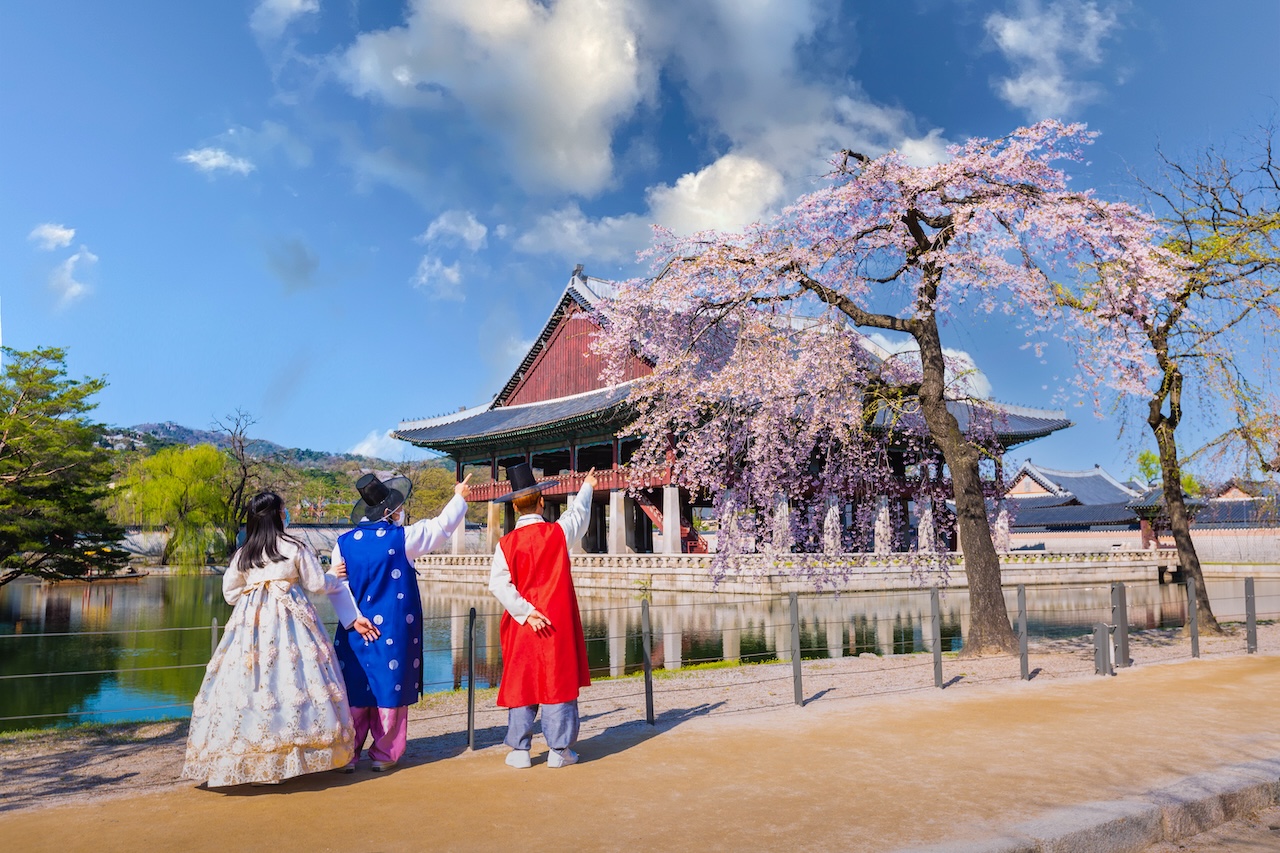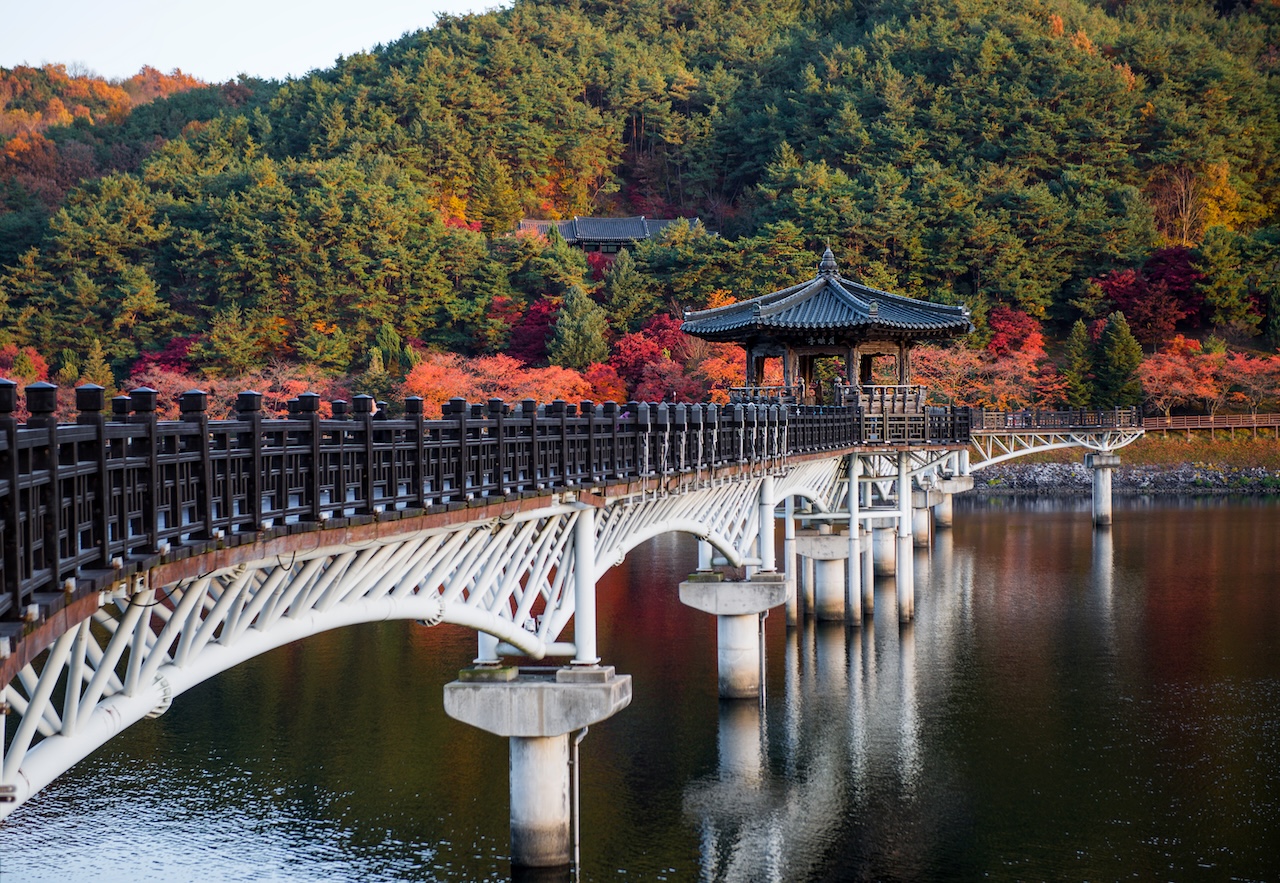
South Korea Traditions You Should Know
South Korea is a country rich in traditions that have been passed down through generations. These South Korea traditions play a significant role in shaping the cultural identity and social fabric of the country. From vibrant festivals to daily social customs, understanding these traditions can provide deeper insight into Korean life. In this blog, we will explore various customs, festivals, and unique practices that are integral to Korean culture and tradition. Let's delve into the fascinating world of South Korea's traditions.
Here’s what we’ll cover:
- South Korea Traditional Customs
- Festivals and Celebrations in South Korea
- Daily Social Customs
- Unique Practices

Brief Overview of South Korean Traditions
South Korea is a land where ancient traditions seamlessly blend with modernity. These traditions are not just historical artifacts but are actively practiced, influencing everyday life and special occasions alike. From traditional attire and food preservation methods to elaborate festivals and social etiquette, South Korean traditions offer a window into the nation's soul and its values.
South Korea Traditional Customs: An Insight into Korean Culture and Tradition
South Korea is home to a variety of traditional customs that continue to be practiced today, reflecting the country’s deep cultural heritage and showcasing Korean culture and tradition.
Hanbok: Traditional Korean Attire
The hanbok is the traditional dress of Korea, characterized by vibrant colors and simple lines without pockets. Worn during festivals, celebrations, and important life events, the hanbok symbolizes Korean culture and heritage. Modern adaptations of the hanbok have made it popular in contemporary fashion as well.
Kimchi-making (Kimjang): UNESCO-recognized Tradition
Kimjang, the process of making kimchi, is a communal activity recognized by UNESCO as an Intangible Cultural Heritage of Humanity. This tradition involves families and communities coming together to prepare large quantities of kimchi for the winter months. The process not only preserves food but also strengthens social bonds.
Tea Ceremonies: Importance and Rituals
Tea ceremonies in Korea emphasize harmony, respect, and tranquility. These ceremonies, often performed with traditional Korean tea, reflect the importance of mindfulness and hospitality in Korean culture. The ritual involves a series of precise steps to prepare and serve tea, showcasing the cultural significance of this practice.
Festivals and Celebrations in South Korea
South Korea celebrates a variety of festivals that highlight its rich cultural heritage and bring communities together.
These festivals are not just events but are deeply rooted in Korean culture and tradition, offering a glimpse into the country's special traditions.
Seollal (Lunar New Year)
Seollal, the Korean Lunar New Year, is one of the most significant holidays in South Korea. It involves family gatherings, ancestral rites, and traditional games. Families come together to perform Charye (ancestral rituals), which honor their ancestors. Traditional foods such as tteokguk (rice cake soup) are prepared and eaten.
Chuseok (Harvest Festival)
Chuseok, often referred to as Korean Thanksgiving, is a major harvest festival celebrated with family reunions, food, and rituals. Families pay respect to their ancestors by visiting their graves and preparing a feast with newly harvested grains and fruits. Traditional games and dances, such as Ganggangsullae, are also performed.
Dano Festival
The Dano Festival is celebrated on the fifth day of the fifth lunar month. It features traditional games, swings, and herbal baths. The festival is an opportunity for people to pray for good health and a bountiful harvest. Activities such as ssireum (Korean wrestling) and traditional music performances are common during this festival.
Daily Social Customs
Daily life in South Korea is infused with customs that reflect respect and social harmony.
Understanding these daily customs provides valuable insights into Korean culture and tradition, helping to appreciate the nuances of social interactions in South Korea.
Bowing and Greetings
Bowing is a fundamental part of Korean greetings and is used to show respect. The depth and duration of the bow can vary depending on the social status and age of the person being greeted. Respectful address forms, such as using honorifics and titles, are also crucial in Korean social interactions.
Dining Etiquette
Korean dining etiquette emphasizes sharing and respect. It is customary to wait for the eldest person to start eating first. Sharing food is common, and dishes are often placed in the center of the table for everyone to share. Proper table manners, such as not sticking chopsticks upright in rice and not blowing your nose at the table, are important aspects of dining etiquette.
Jesa is a traditional ceremony held to honor deceased ancestors. These rites are performed during important holidays such as Seollal and Chuseok, as well as on the anniversary of the ancestor’s death. The ceremony involves preparing a table with offerings of food and drink, and family members bow in reverence to their ancestors.
Age Hierarchy
Age hierarchy plays a significant role in Korean social interactions. Older individuals are given respect and authority, and this is reflected in language, behavior, and social practices. Younger people are expected to show deference to their elders, and this hierarchical structure influences everything from workplace interactions to family dynamics.
Cultural Etiquette and Communication
In addition to these unique practices, South Korean culture emphasizes specific etiquette and communication styles that reflect respect and harmony.
Honorifics in Language
Korean language includes various honorifics and polite speech levels used to show respect to others, particularly elders and superiors. It is common to address someone using their title or a respectful suffix, such as “-nim” for higher respect.
Gift Giving
Gift-giving is an important aspect of Korean culture, often used to show appreciation, respect, or goodwill. During holidays, special occasions, or visits, it is customary to present gifts. The way gifts are given and received is also significant, usually done with both hands and accompanied by a slight bow.

Traditional Korean Arts
South Korea is also known for its traditional arts, which include music, dance, and crafts that have been preserved and continue to thrive today.
Traditional Music and Dance
Korean traditional music (gukak) and dance have been integral parts of Korean culture for centuries. Instruments like the gayageum (zither) and janggu (drum) are used in performances that range from court music to folk songs. Traditional dances, such as the Buchaechum (fan dance) and the Talchum (mask dance), are performed during festivals and cultural events.
Crafts and Calligraphy
Traditional Korean crafts include pottery, embroidery, and calligraphy. Korean pottery, especially the celadon ware from the Goryeo Dynasty, is renowned for its beauty and craftsmanship. Calligraphy, the art of beautiful handwriting, is another significant tradition, with works often displayed in homes and public places.
Modern Adaptations of Korean Traditions
As South Korea has modernized, many traditional practices have been adapted to fit contemporary lifestyles while still preserving their core essence.
Modern Hanbok
Today, modern versions of the hanbok are designed for everyday wear, blending traditional elements with modern fashion trends. These adaptations make the hanbok more accessible and practical for daily life, allowing Koreans to celebrate their heritage while embracing modernity.
Virtual Jesa
With the rise of technology, some families now perform Jesa virtually, allowing relatives who live far apart to participate in the ceremony via video calls. This adaptation ensures that ancestral rites can continue even when families are geographically dispersed.
Digital Festivals
In response to the digital age, many traditional Korean festivals have incorporated online elements. Virtual tours, live-streamed performances, and interactive online activities allow people worldwide to experience Korean festivals without being physically present.
Conclusion
South Korea’s traditions are a testament to its rich cultural heritage and societal values. Understanding these South Korea traditions not only enriches your appreciation of Korean culture but also enhances your experience if you plan to visit or work in South Korea. From the colorful hanbok to the reverent ancestral rites, these traditions continue to shape the lives of Koreans today.
Are you interested in experiencing these traditions firsthand? Explore internship opportunities in South Korea with Asia Internship Program (AIP) and immerse yourself in the vibrant culture of Korea. For more information on Korean culture and career advice, visit our website.
